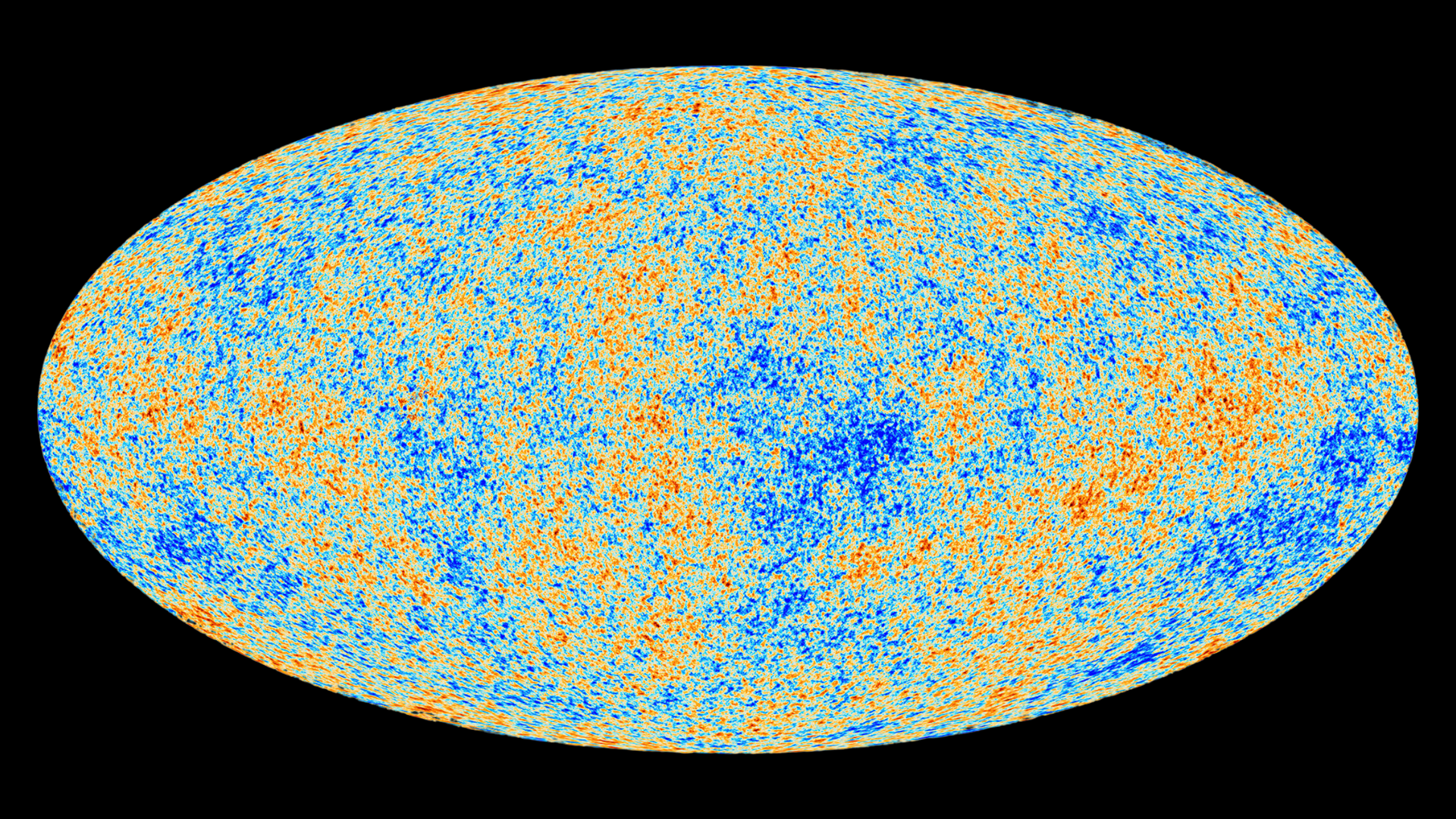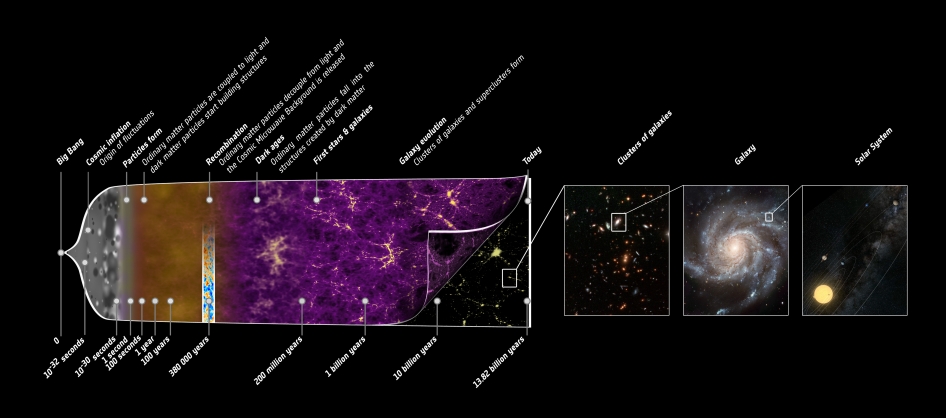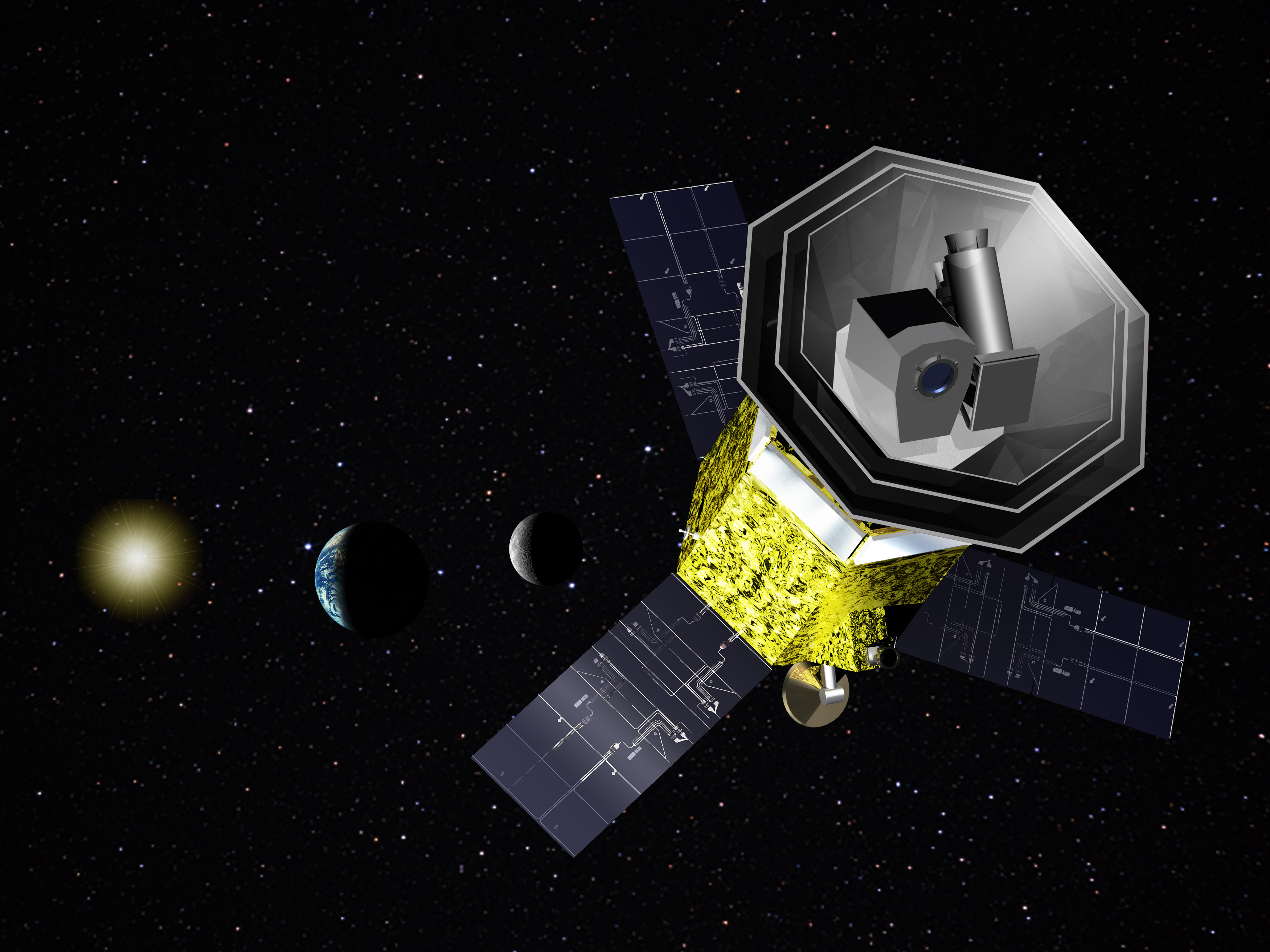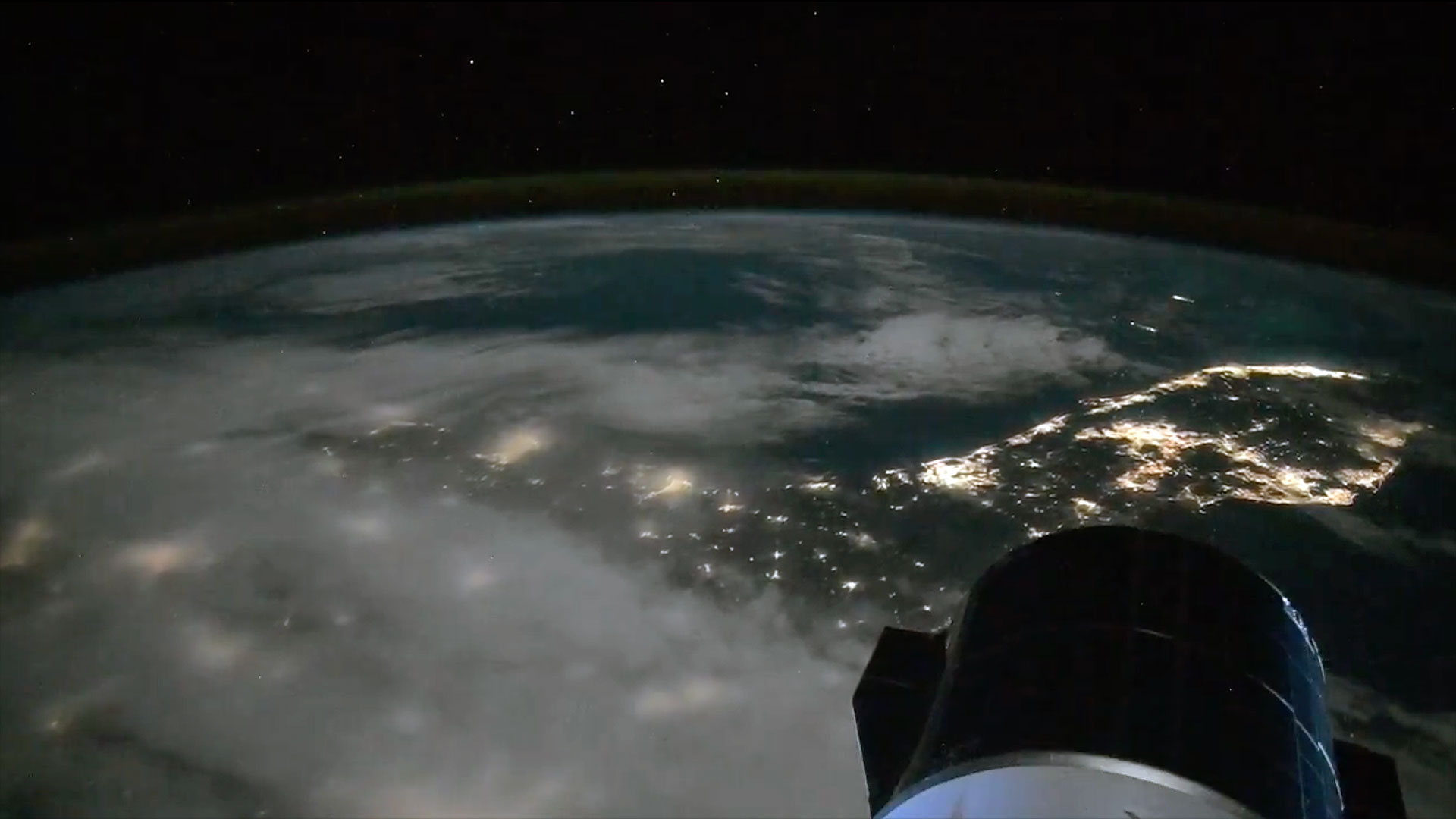The 1st light to flood the universe can help unravel the history of the cosmos. Here's how
The Cosmic Microwave Background carries with it a record of events throughout the 13.8-billion-year history of the universe.

Just as Charles Darwin once used the fossil record to tell the story of the evolution of life on Earth, astronomers are using the first light ever to shine through the universe to understand events that have shaped the cosmos.
This first light is called the "Cosmic Microwave Background (CMB)," leftover radiation which is spread almost evenly through the universe. The CMB carries with it the signatures of the physical processes of the early universe and possesses unique features that can be used to determine the make-up of the universe.
Just like how the study of biological evolution has evolved since the time of Darwin, the ways in which cosmologists use this cosmic fossil have changed, and future missions are set to increase the focus on the CMB and what it can teach us about how the universe evolved.
Related: What is the cosmic microwave background?
On Monday, July 2, at the National Astronomy Meeting 2023 (NAM 2023) held at Cardiff University in the U.K., astrophysicist Erminia Calabrese offered overviews of both where CMB science is currently and where it is headed in the near future.
"The reason why this light has been really the driving force of modern cosmology is that it has been there throughout the whole of cosmic history," Calabrese said. "It was there from the beginning, it went through everything that the universe experienced. It traveled across the formation of the first stars, the forming and evolving large-scale structure of the universe.
"While taking this journey towards us, it has basically captured imprints from all these physics, and carries it with it when it today."
Breaking space news, the latest updates on rocket launches, skywatching events and more!
Let there be light: What is the Cosmic Microwave Background?
If you could journey back around 380,000 years in cosmic history to the point at which the universe was filled with a dense hot soup of electrons and protons, the first thing you would notice is how dark the cosmos is.
The reason this early epoch in the 13.8 billion-year history of the universe is a literal cosmic dark age is because the abundance of free electrons meant that photons, particles of light, were endlessly scattered, thus preventing them from traveling. At this time, the universe was essentially opaque to light.
"So what we are looking at is the very first light ever emitted in the universe, composed of photons that were emitted during the Big Bang," Calabrese explained. "The photons were trapped in interactions with everything else, meaning any particle phenomenon that was happening in this very hot and dense phase of the universe was interacting with these photons."
That means as they were trapped, the photons were creating a record of the physics in the early universe, but they couldn't stay trapped and in equilibrium with matter forever.
Eventually, undergoing rapid cosmic inflation as a result of the Big Bang, the universe expanded and cooled enough to allow electrons to bond with protons and form the first neutral atoms. This is known as the period of recombination, even though electrons and protons had not been previously connected.
Initially, the light that comprises the CMB was incredibly hot and energetic, but as the universe continued to expand it has cooled and lost energy, which has seen the frequency of this radiation reduced to the microwave region of the electromagnetic spectrum.
Calabrese explains that currently, the CMB takes the form of a radiation field with a temperature of 2.7 Kelvin (-455 degrees Fahrenheit or -270.4 degrees Celsius).
How do scientists use the Cosmic Microwave Background?
Because recombination happened all over the universe at the same time, CMB radiation streams to us from all directions evenly. That means that this cosmic fossil looks the same in all areas of the sky — which scientists describe as being isotropic.
This sameness, even at opposite sides of the universe in areas not currently in contact, is one of the key pieces of evidence that the universe once existed in a hot and dense state and then underwent a period of rapid inflation, which we now call the Big Bang. But it is in the areas where tiny differences arise that scientists find a useful cosmic fossil record.
Within the CMB are small deviations from this uniformity called anisotropies. It is through these anisotropies that the CMB contains information about the evolution of the universe.
Small-scale anisotropies in the CMB represent tiny fluctuations in density in the early universe that eventually resulted in the creation of galaxies and galaxy clusters. Though they may be tiny, without these variations, the large-scale structure we see in the universe today couldn't have taken shape.
It is larger anisotropies that reveal the contents of the universe and the abundance of these elements throughout cosmic history. This includes not just visible "everyday" matter comprised of atoms and constituting stars, planets, cosmic gas clouds, and us, but also invisible dark matter and dark energy, the forces that are driving the current day accelerating expansion of the universe.
"In particular, there are three methods we work with to study the CMB: We can go to space, and we've had three different generations of satellites that have been dedicated to measuring the CMB anisotropies," Calabrese explained. "You can stay on Earth but try to get higher in the atmosphere with stratospheric balloons, or you just stay on the ground and then deal with the atmosphere. All these methods have got pros and cons; no single experiment can give you access to everything."
In Calabrese's NAM 2023 talk, the researcher highlighted the need for future CMB studying missions that could answer fundamental questions such as what is dark matter made of and what is the large-scale distribution of mass in the universe.
One such mission mentioned by Calabrese is the Japanese Aerospace Exploration Agency (JAXA) mission known as the Space Lite (Light) satellite for the study of B-mode polarization and Inflation from cosmic background Radiation Detection (LiteBIRD).
LiteBIRD will observe the entire sky for three years from orbit, and JAXA says it will achieve unprecedented sensitivity, allowing it to precisely distinguish between the CMB and foreground radiation signals from sources like cosmic dust. That means that LiteBIRD, set to launch in 2028, could help fill in the gaps in cosmic evolution that current Big Bang models can't explain.
"We really don't have answers to the big key fundamental questions that we were aiming to answer with CMB temperature, and now we need to take the next step and continue exploring and exploiting everything that is in the CMB to be able to answer them," Calabrese said.

Robert Lea is a science journalist in the U.K. whose articles have been published in Physics World, New Scientist, Astronomy Magazine, All About Space, Newsweek and ZME Science. He also writes about science communication for Elsevier and the European Journal of Physics. Rob holds a bachelor of science degree in physics and astronomy from the U.K.’s Open University. Follow him on Twitter @sciencef1rst.


